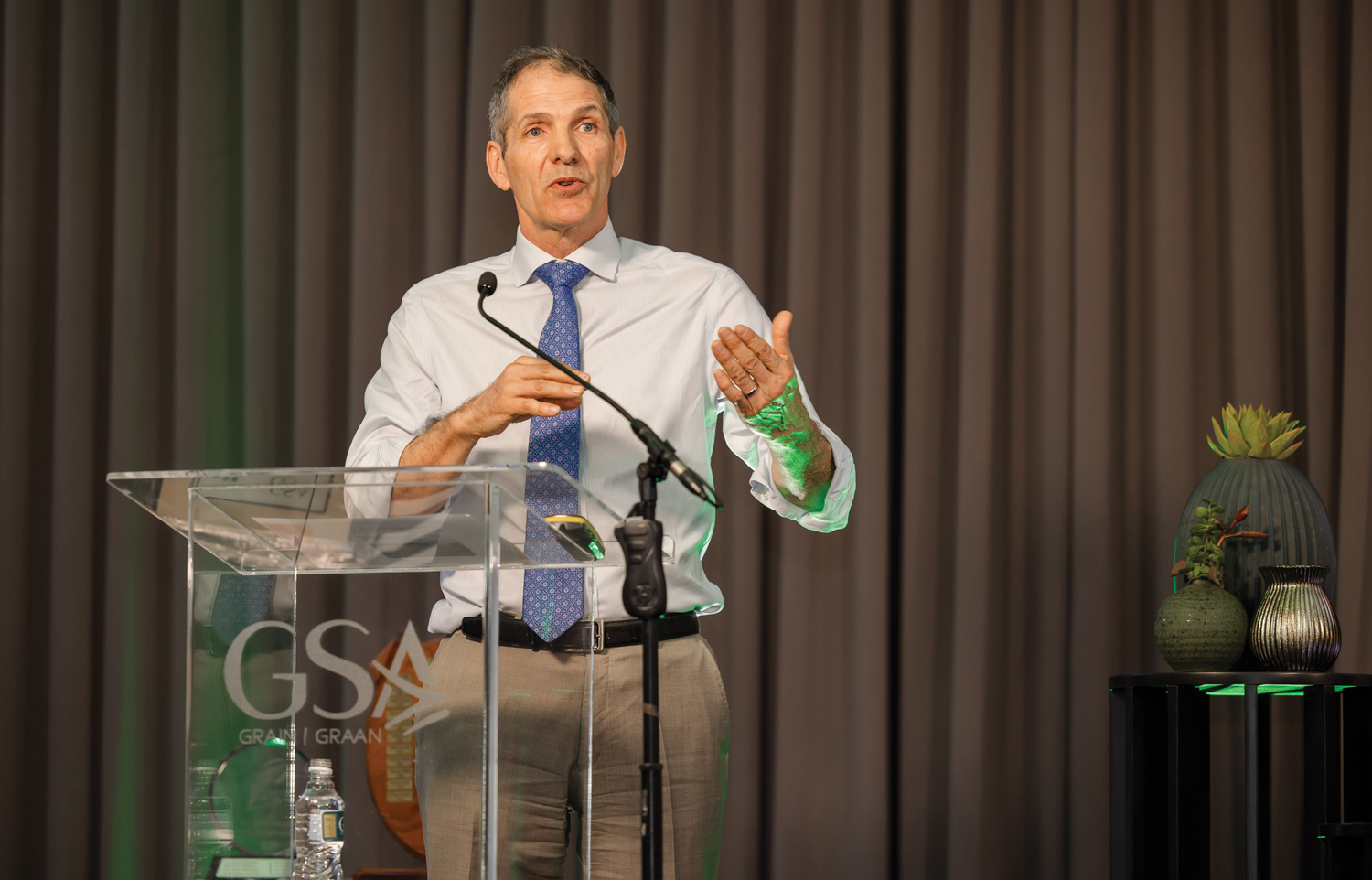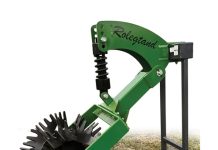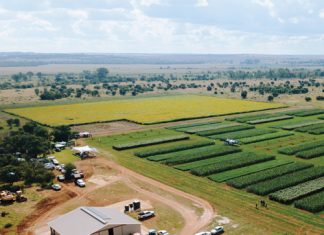It is remarkably easy with the unprecedented current political turmoil both at home, in Europe and the US to become totally distracted from actual farming and the business reality we now face in unsupported productive farming.
None of this is such a surprise after we voted to leave the EU. We had seen the upheaval the New Zealand industry faced when they lost the subsidies they had worked with and yet we seemed to think it wouldn’t happen here. It has.
The ability to change, react, work to markets, with supply chains, with others and manage risk will determine future farming success. My work with the Global Farming Network constantly highlights both the similarities of the problems we face as farmers across the world and those that are unique to the individual nation.

Grain SA Congress
I was fortunate to be part of the annual Congress of Grain South Africa, a levy- based organisation covering all combinable crops. Driving there across hundreds of kilometres, you gain a perspective of the wide-open countryside, mostly used for arable crops, but interspersed with large areas of cattle-grazed grass.
NAMPO Park is owned by Grain SA and is a permanent show site, much like many of those held by UK agricultural societies. It holds an annual show over four days, attracting 80 000 visitors – no mean feat when you look at the travel distance required to get there.
The Congress, held annually for the purpose of organisational and industry business, ran under the title ‘From Surviving to Thriving’, with 600 attendees – mainly farmers, but also wider industry.
The title resonated with the problems both UK and South African farmers face – difficulty the past two years in terms of weather and markets. The same problem of losing pesticides, the same shift in being more soil focused, the same concern for how tariffs might affect future trade.
However, there were notable differences, not least of which was their adoption of biotech and a drive for all forms of technology to help the much larger scale of operation on commercial units. The nine provinces of South Africa have a range of growing conditions and a wide array of crops. Most noticeable was the rapid successful uptake of soya. It suffers greater extremes of drought and flooding, with crop movement logistics a particular challenge because of a lack of infrastructure investment.

Unique insight
Its Minister of Agriculture addressed the Congress. Coming from a non-farming background, his opening address could have been standard political rhetoric delivered anywhere, but on questioning he proved highly capable and industry sensitive. He showed that food production, its value to the economy and affordability of good nutrition were at the centre of his thinking. He impressed his audience – a remarkable contrast to our own situation. To be able to talk to so many farmers from across the country gave me a unique insight into their resolute optimism to find a way through problems we cannot imagine, not least of which is land appropriation. As you enter the park, there is a monument with nine towering stones, one for each province, listing the names of farmers and farmworkers who have been killed on their farms, updated annually so they will not be forgotten. It placed our problems into context and, alongside the farmers I met, acted as a source of inspiration to overcome our challenges.
Temple was the keynote speaker at Grain SA’s annual Congress. He emphasised the importance of understanding the current economic cycle and how producers must shift their approach to prioritise the market. He compared it to how things were done in the past, when the focus was on production and then to sell what was produced. The current economic climate, however, asks for a marketing plan from the outset.



















